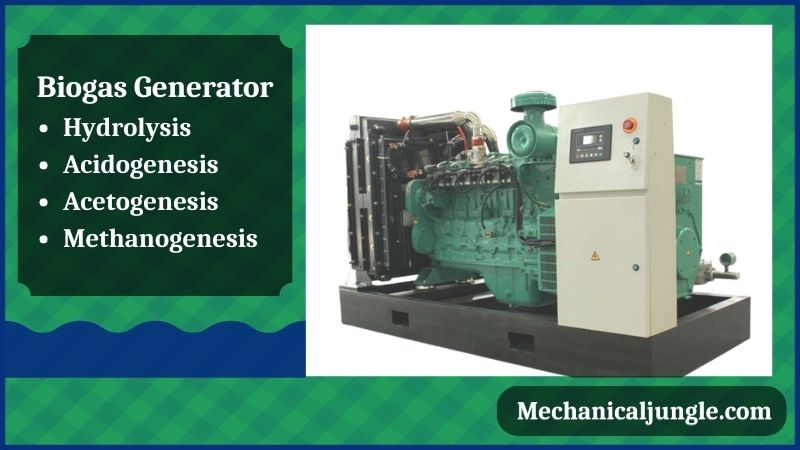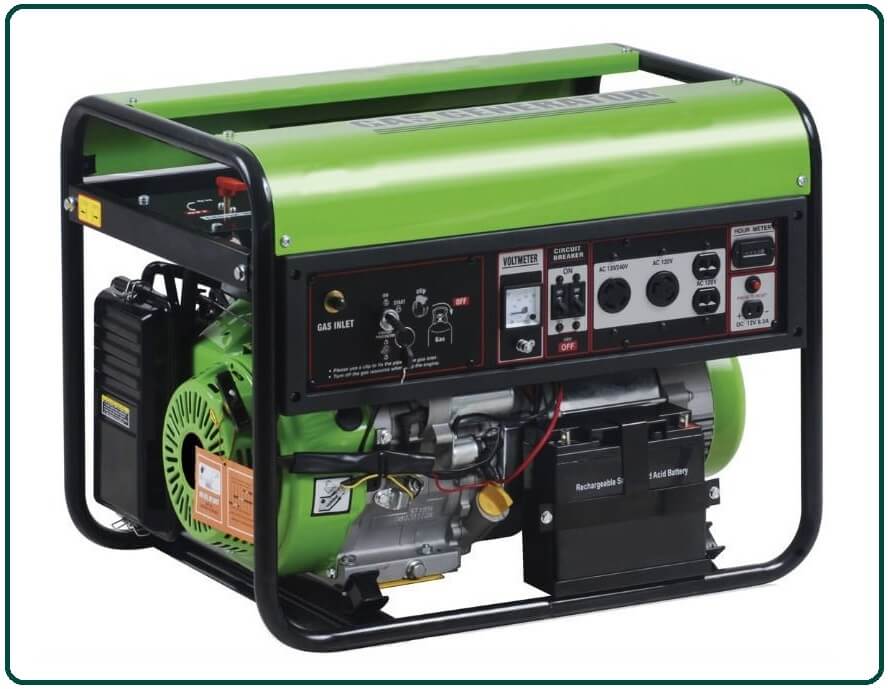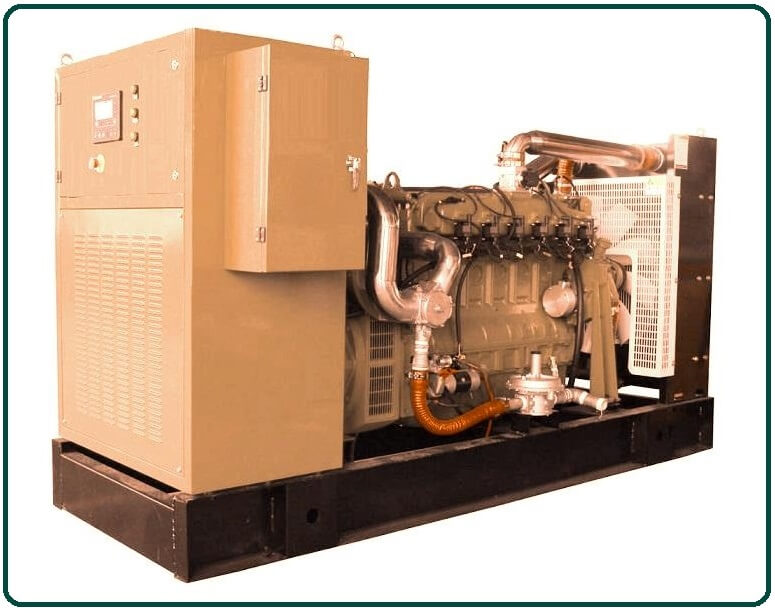
What Is Biogas?
To begin with, Biogas is the gas that is produced when organic matter breaks down in an anaerobic environment – ie. An atmosphere that is without oxygen. Biogas is composed mostly of carbon dioxide and methane and can be used in the same way as natural gas.
Examples of organic matter that can be broken down include livestock manure, plant waste, and food scraps, which provide a beneficial alternative to the use of waste to dump waste into landfills or other garbage collection areas.
It is the opposite. With the breakdowns of organics matters in the anaerobic environment, an environment without oxygen, the result is the production of Biogas that is composed mostly of carbon dioxide and methane.
Biogas can be used in the same way as natural gas. Organic materials that can be broken downs include livestock manure, plant waste, & food scraps.
These organic materials may offer a new approach to waste use, as opposed to dumping them in landfills or other areas for garbage collecting. Now that you are familiar with Biogas and know what Biogas is let us come to the main topic of these articles, which is Biogas generators.
In the following sections, we are going to discuss biogas digesters, the four-step process of breaking down the waste, its applications, & its benefits. So, read on to get more familiars with this spectacular phenomenon.
Biogas Generator:

Biogas digesters are structures consisting of large tanks to store organic waste materials. When we say organic waste matters, we mean anything that can decompose. In addition to these perishables, wood can be good fuel for a biogas digester.
There are bacteria inside the tank. These bacterias do not require air to survive, and they break down organic waste through a 4-step process:
#1. Hydrolysis
The first step in digestion is where organic polymers are heavily decomposed, which is a common occurrence in organic waste.
Since hydrolysis breaks down fats, proteins, and carbohydrates into smaller molecules such as simple sugars, fatty acids, and amino acids, it is counted as an essential step in anaerobic digestion.
Some of the products extracted from these stages can be used later in methanogenesis. However, most of the output would need to be further broken down in the acidogenesis step.
#2. Acidogenesis
The second stages of anaerobic digestion are where fermentative bacteria continue to break down organic waste to produce an acidic environment with traces of ammonia, H₂, HS, CO₂, less volatile fatty acids, carbonic acid, and alcohol.
Despite all the chemical processes occurring at this stage, many polymers are still too large and unstable to be used to make methane, and as a result, require further breakdown.
#3. Acetogenesis
The next step that occurs in a biogas generator is the formation of a derivative of acetic acid by acetogen from carbon and other energy potentials, known as acetate. Much of the remaining material from the acidogenesis phase is reduced during this phase.
The production of this step is the formation of acetic acid, H₂, and CO₂. In acetogenesis, organic matter is broken down into a suitable level for methanogens to do their job of making biofuels.
#4. Methanogenesis
Methanogenesis is the final stage of digestion that takes place in the biogas generator. In this step, the hydrolysis & acidogenesis products are mixed with the final acetogenesis product, & with the activities of methanogens, everything is ready for the formation of methane.
There are two processes in this final step in which methane can be produced:
CO₂ + 4 H₂ → CH₄ + 2H₂O
CH₃COOH → CH₄ + CO₂
The second process using acetic acid is generally the main process for making methane in methanogenesis. This four-stage digestion process results in the production of Biogas & decomposed waste.
After the Biogas is created, it is transferred out of the generator to be used in other ways and to become fuel. In addition, decomposed waste can be used as a natural fertilizer.
Who Can Use a Biogas Generator?

Anyone who has enough room to keep one. Due to the size requirement of the tank and the fact that they require a permanent installment, to keep a biogas digester, you need a large yard to house this equipment.
However, there are different sizes of biogas digesters. You have to bear in mind that the smallest ones are still quite large.
What Are the Benefits of Biogas Digester?
There are many benefits of using a biogas digester. Heres are some of the most important reasons we need to use these generators:
- Huge reduction in energy cost
- Environmentally friendly use of waste
- Lower installation cost compared to other renewable energy sets of equipment.
- Lower greenhouse gas emissions than other renewable energies
- Less amount of waste going to landfill
- Natural manure production
It is clear that the above list is not comprehensive. You can do a little research yourself so that you can encounter the amazing and great possibilities and capabilities that biogas digesters offer.
Frequently Asked Questions (FAQs) about Biogas Generators:
What Is a Biogas Generator?
A biogas generator, also known as a biogas digester, is a structure designed to convert organic waste materials into biogas through anaerobic digestion.
How Does a Biogas Generator Work?
Biogas generators work through a four-step process: hydrolysis, acidogenesis, acetogenesis, and methanogenesis. Organic waste is broken down by bacteria in an oxygen-free environment to produce methane and carbon dioxide.
What Can Be Used as Feedstock for Biogas Generators?
Organic materials such as livestock manure, plant waste, food scraps, and even wood can be used as feedstock for biogas generators.
What Are the Benefits of Using a Biogas Generator?
The benefits include significant reduction in energy costs, environmentally friendly waste management, lower greenhouse gas emissions compared to other renewable energy sources, production of natural fertilizer, and potential for decentralized energy production.
Who Can Use a Biogas Generator?
Anyone with adequate space and the ability to install and maintain the equipment can use a biogas generator. They are scalable, with different sizes available depending on needs.
How Do Biogas Generators Contribute to Sustainability?
Biogas generators contribute to sustainability by utilizing organic waste that would otherwise go to landfills, reducing methane emissions from waste, and providing renewable energy and fertilizer from natural sources.
What Are the Challenges Associated with Biogas Generators?
Challenges may include initial investment costs, maintenance requirements, and the need for proper feedstock management to ensure optimal biogas production.
Are Biogas Generators Suitable for Urban Areas?
Yes, biogas generators can be adapted for use in urban areas with appropriate planning and management. They offer a decentralized energy solution that can help reduce waste management issues in cities.
How Can Biogas Generators Be Integrated into Existing Energy Systems?
Biogas can be used directly for heating, cooking, or electricity generation. It can also be upgraded to biomethane for use in natural gas pipelines or vehicle fuel.
What Are the Future Prospects for Biogas Technology?
The future looks promising for biogas technology with advancements in efficiency, integration with other renewable energy sources, and increasing recognition of its role in sustainable waste management and energy production.

